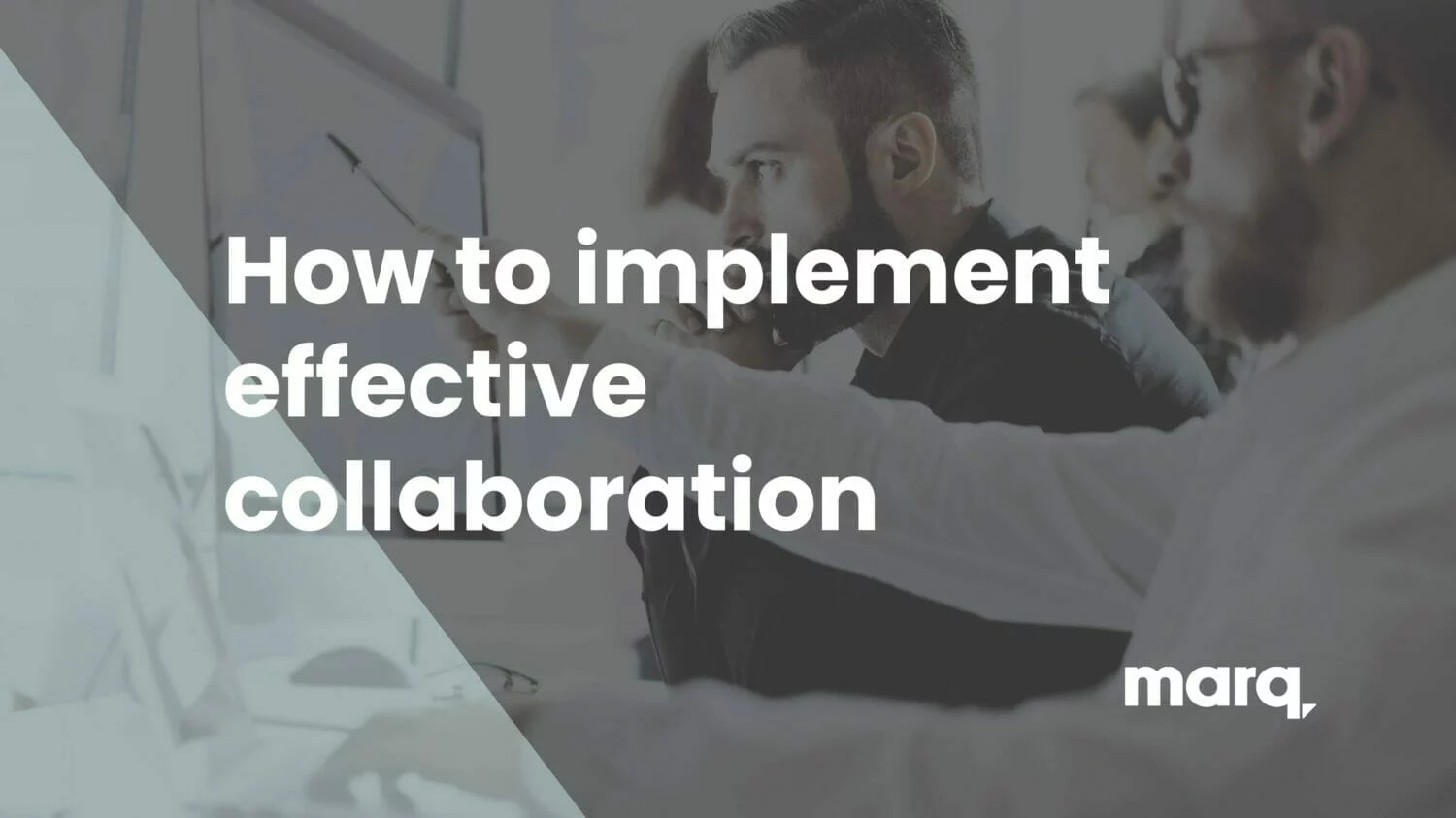The internal battle between creative departments and everyone else is far too familiar. It isn’t personal. Right?! The disconnection is frustrating for everyone. But, if we pull ourselves out of the nitty gritty situational circumstances of it all, we can narrow it down to one thing: process, or, lack thereof. The steps for a creative process can get […]











